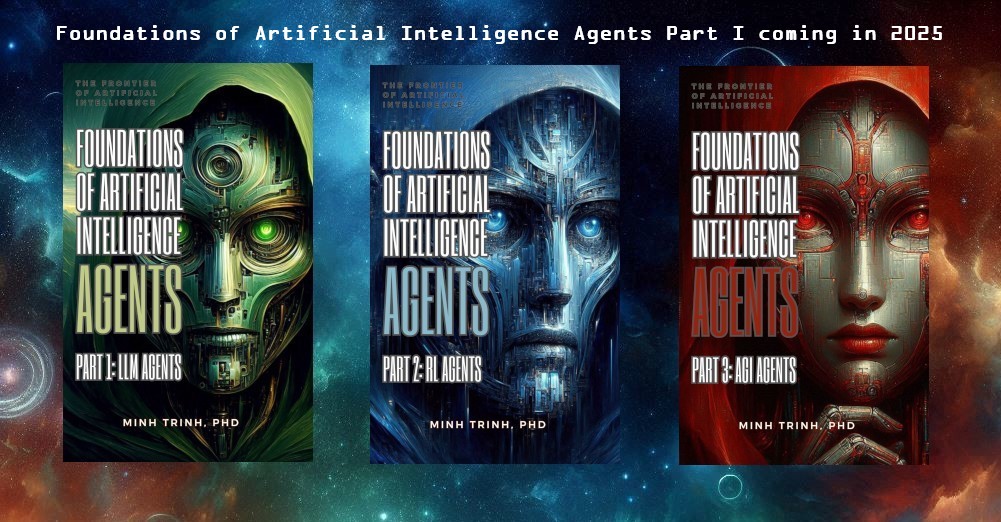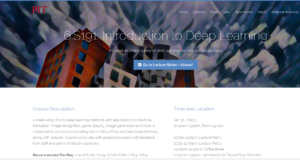MIT Prof. Josh Tenenbaum gave a talk on Building Machines that Learn and Think Like People at the ICML 2018. His insight is that it is possible to teach a machine to learn like a child by using:
- Game engine intuitive physics
- Intuitive psychology
- Probabilistic programs
- Program induction
- Program synthesis
This agenda is more ambitious that the current state of machine learning though it resembles more old-style machine learning an there is no guarantee that it will succeed. Still it is refreshing that we can learn from young humans to teach machines.


